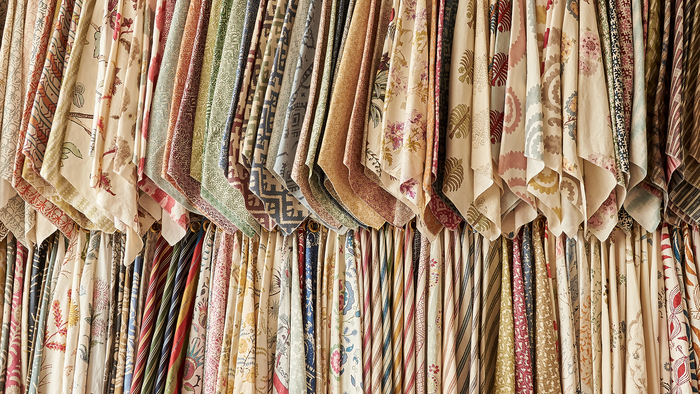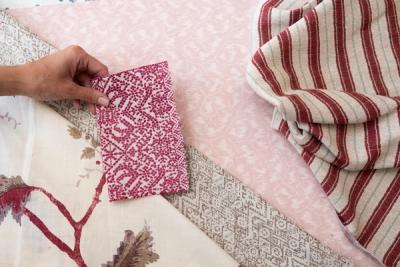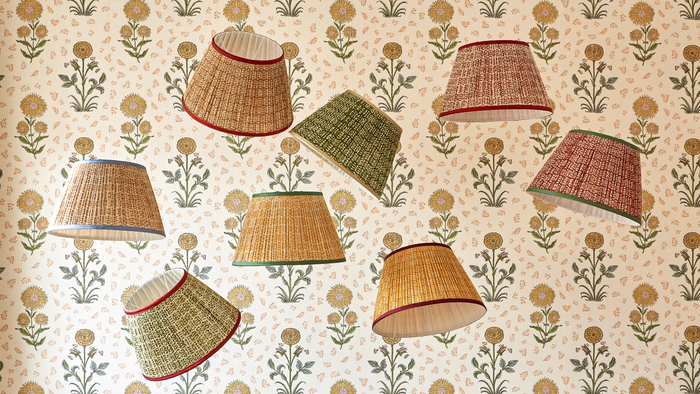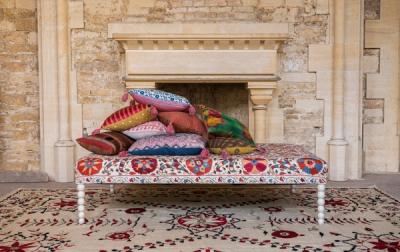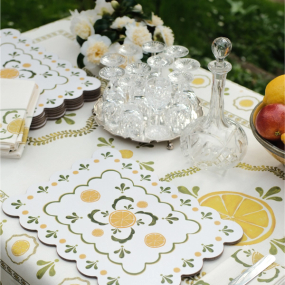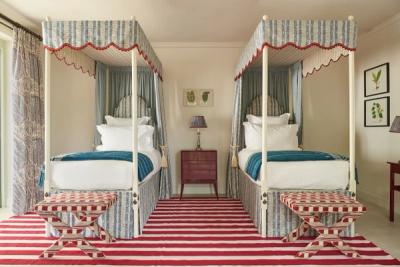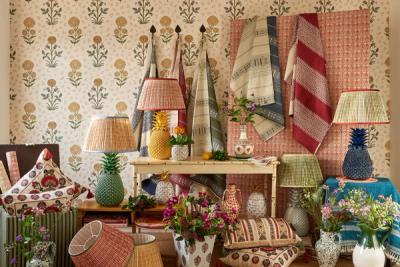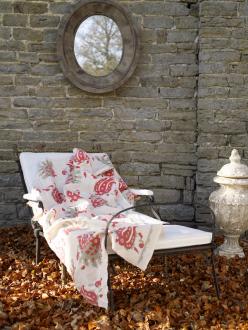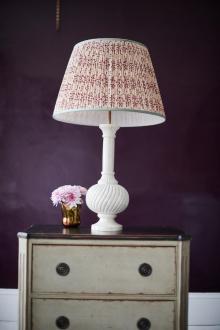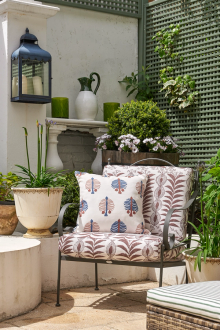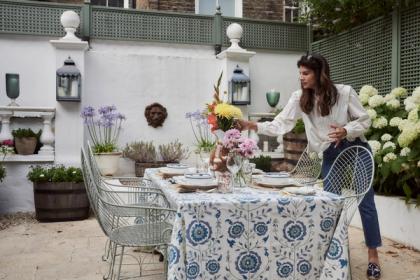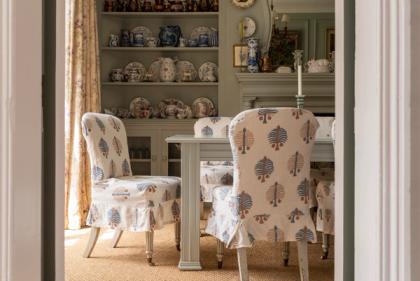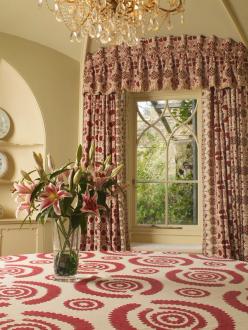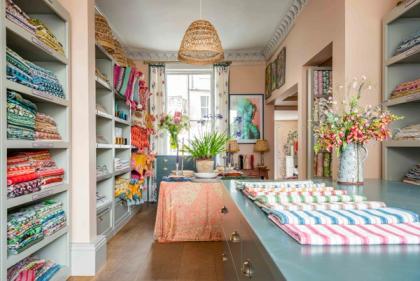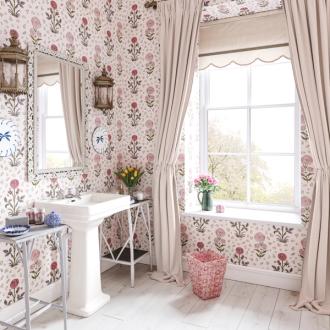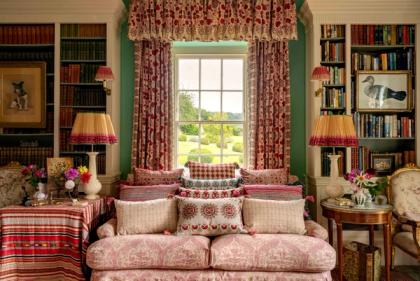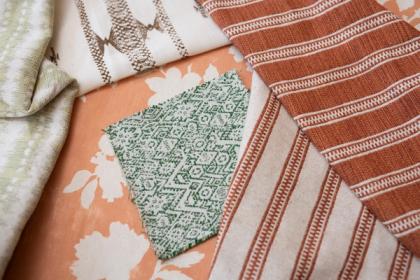The Penny Morrison Guide to Layering Light Throughout the Home
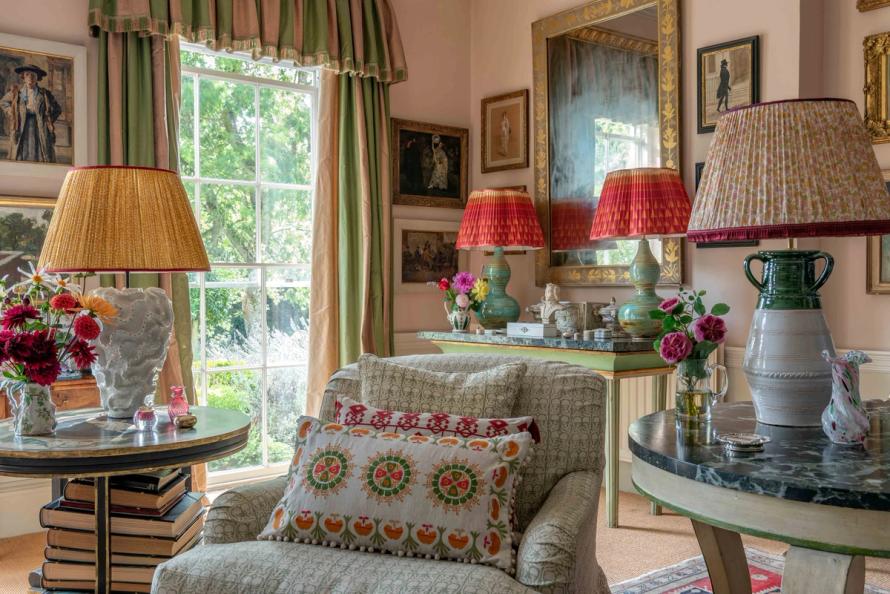
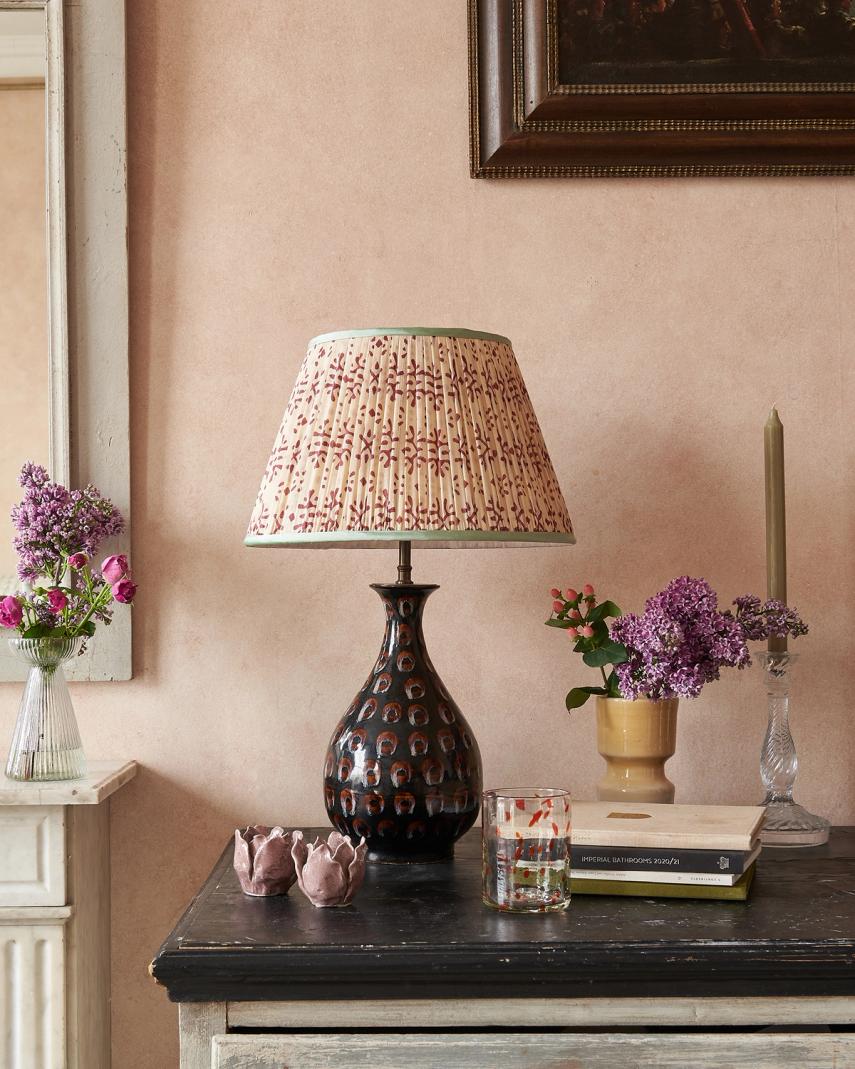
There is so much more to light than ‘on’ or ‘off’. Like your paint, your choice of floor, the addition of fresh flowers to the coffee table or the smell of baking pervading through the house, the way you light your home has a hugely transformative power that alters the ambiance, as well as the visuals.
Understanding even the basics of layering light is an excellent way to gain more control over each room, and enjoy the feeling of matching light to mood, to season, to time of day, and to the décor itself.
If you’ve ever walked by a warmly lit window in the dead of winter or wandered into a room that is just lit to the perfect level of cosy dimness – ready for a film or an evening of reading – then you’ll know what we’re talking about. Slipping a moody vinyl onto the record player goes hand in hand with bringing the lighting down to an equally moody level; transitioning from work-mode to home-mode is the perfect accompaniment to a honey-liked glow from the lights. It’s all connected.
For us, the ultimate way to get that control over your lighting’s power is not to install a dimmer switch. In fact, it’s a lot easier – and, in our opinion, a lot more aesthetically pleasing.
What does it mean to layer light?
Layered light is exactly what it sounds like – like that is created by multiple different sources – often of slightly different levels of brightness, as a result of different shades and styles of lighting – placed at varying levels of depths throughout a room, or even a long hallway.
Every light source represents another layer. Even the sunlight coming in through the windows is another layer and, to some extent, you can control it with blinds and curtains, or even window tints and films.
When it comes to the interior lights, however, ‘layered lighting’ is generally used to describe lighting that doesn’t rely on the overheads to bring that consistent, bright level of lighting to every part of the room.
Practically any room in any home has overhead lights installed, but we can think of a near-endless list of scenarios when the overheads are far from ideal. Evenings, film nights, or simply just the relaxed hours on a Sunday afternoon, all require a more comfortable ambiance but, without enough versatility, it’s not hard to feel like Goldilocks passing up multiple bowls of porridge; the overheads can easily feel too bright, too cool, too much, or creating an unpleasant glare.
Layered lighting – or, more specifically, introducing enough light sources that you have full control over the room’s brightness (or dimness) – makes it easier for the room to transition from one purpose or mood to another.
It can be surprisingly effective, but often a process of trial and error before you actually get to the point of having a perfectly layered room.
How do you layer light?
Start by sorting the ‘layerable’ types of light from those that are not going to be useful to you.
There are, obviously, many different types of light – natural, which likely doesn’t need explaining, ambient, which is used to describe the room’s main lights (AKA, your overheads), focal and accent lighting – both of which are the most useful forms of light for layering.
Focal lights are created by decorative lighting – pieces that produce enough light to contribute significantly to the room’s overall brightness level, even if one alone wouldn’t light the room in its entirety. To cut a long story short, your focal lighting is brought about by your lamps.
Accent lighting is a little less useful. Fairy lights strung between the banisters, tea light candles on the coffee table – these elements aren’t there to actually light an area – or even to send a dim glow into the room – but to look pretty, and to be there for the sake of being there.
So, ultimately, you’re going to want to focus on your focal lights. They tend to strike that ‘Goldilocks zone’ between offering too much light to layer it with other light sources, and not enough to provide any significant light to a room. That’s not to say that your ambient lighting shouldn’t be an important consideration when layering, but that the focal lighting will be the most versatile and useful lighting type as you work things out.
With that sorted, we look at the eight steps to layering light, below…
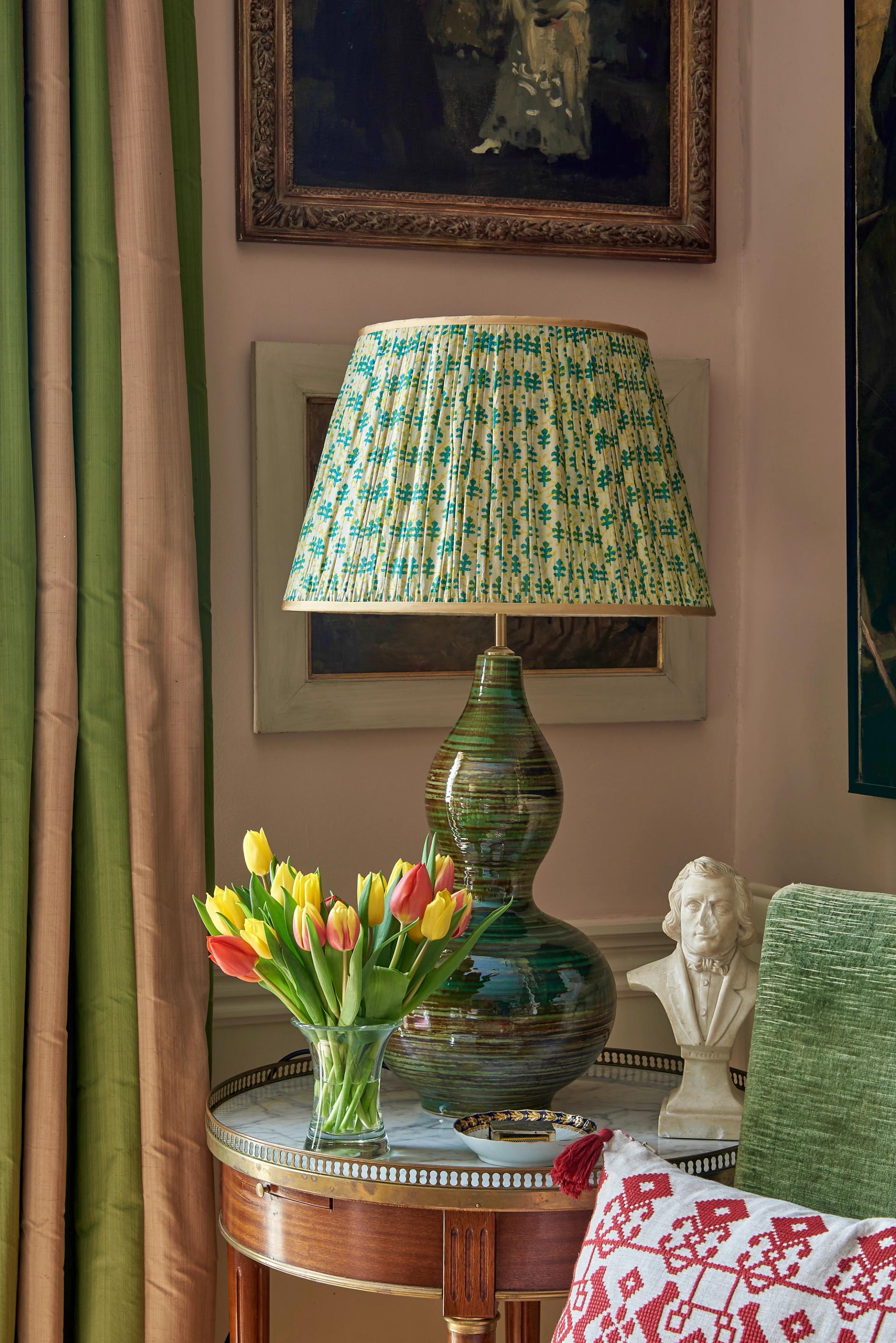
1. Work out how much light you’ll need to add
This could just as easily go at the end of this list as it fits at the very beginning, since deciding how many more light sources a room needs to feel ‘complete’ is not an exact science, and it’s just as much trial and error as working out how many rugs a room needs, or how many paintings it needs on the walls.
Ultimately, we’d recommend starting with a minimum of three lamps for a medium or larger sized room – or, for a particularly small space, two. It can feel like going overboard long but remember that you’d have to go a long way overboard for the room to start feeling like a lamp shop.
Don’t judge it when the main overhead lights are on. Sometimes you’ll have both switched on at once, but there’s likely to be plenty of times when only the lamps are used, so the best way to judge how much light you need is based on the room without any ambient lighting at all.
2. For focal lighting, place an emphasis on beauty
For argument’s sake, let’s say you’re starting from scratch (in a mid-sized room) and, for that reason, you’re now on the hunt for three lamps. Where do you start?
In the very first instance, we’d recommend you narrow your focus to decorative pieces. Lamps take up surface space and, for us, that means it always makes more sense to choose styles that bring a decorative element to the room, as well as a practical one. Desk lamps are convenient, but they’re not as ornamental as other types of lighting, so we tend to avoid them in interior design.
Our own lighting range is curated for its beauty, with sculptural elements incorporated into each silhouette, so you won’t find any shortage of options.
3. Make varying size a priority…
This is something we’ve brought up before in relation to layering decorative cushions on the sofa or bed – the fact that, the more variation you can introduce between width and height, the easier it is to achieve a really organic, layered feel.
The exact same thing holds true for lamps. While they won’t all be clustered tightly together like cushions on a sofa, they will all represent strong focal points in the room, and it’s best that they don’t all appear to exist on exactly the same ‘plain’.
Choosing different sized lamps plays to the idea of forced perspective, although only mildly. It means that the room can look deeper and avoid the sense that everything is the same distance from everything else.
4. …and, for that reason, intensity
Not all lightbulbs are created equal and, while lightbulb browsing is potentially the least interesting part of selecting your lighting for your home, it pays to have a grasp on the basics.
Just as you don’t want your lamps to perfectly mirror the level of intensity and hue that your overheads bring to the room, it’s unlikely you’ll want your lamps to match one another. A little overlap is fine, but layering lighting is easiest if you can introduce a dim glow alongside a brighter one, or a warmer tone alongside a cooler tone.
We generally aim for a variety of bulbs between 220 and 700 lumens. It’s a case of trial and error, but one that will be worthwhile once you work out what you need to properly like the room.
5. Don’t be too regular about your placement
You know those old-timey, gothic-style gates to grand manor houses, flanked on either side by two stone pillars or gargoyles? Well, that’s the sort of look we’d recommend you avoid at all costs in your living room. Placing two lamps directly opposite one another may not be quite as imposing, but it’s definitely something to avoid.
For us, the same rule holds true for height. If every lamp in your living room is placed at exactly the same level, things will look very flat, and very one-dimensional, very quickly.
Varying the heights of your lamps will help to avoid this – as well as the natural variations in height between one piece of furniture and another – but it’s always worth keeping in mind.
If you’re in the middle of arranging a room and can’t seem to put your finger on what, exactly, feelings wrong, then there’s a good chance it could be the fact that your focal lighting is all positioned on roughly the same level.
Obviously, you don’t want to go too low or too high, but you’ll generally have a good three to five feet of vertical space to work with while you’re decorating.
6. Vary textures
We’ve focused more on the lamps as-a-whole so far, but it’s worth thinking about them in terms of their individual parts. While we touched upon the power a lamp base has to bring an artistic, sculptural element and silhouette to the room, the lampshade is just as important to the overall look – and the effect of your layered lighting.
Most lampshades let a little light through. While some of the thinnest styles do very little to mask the intensity of the naked bulb, others merely allow a gentle glow to show through. The textures of the shades have a big influence on this, too. You can take a look at our full collection of lamp shades for more inspiration.
Pleated silk, for instance, brings a thicker, plusher texture, while something simpler and more ‘streamlined’ like laminated paper is a little more understated.
For some more ideas on choosing the right combination for your room, take a look at our guide to choosing lamp shades and lamp bases. As usual, focus on variation for the greatest possible effect, rather than matching everything together.
7. Use daylight to your advantage
We mentioned at the beginning of this guide that, to a certain extent, you can control the ways in which daylight enters the room – and what better time to lean into that than when you’re already working to layer lighting from wall to wall?
Don’t get us wrong – daylight is great, and we love the look of a room lit pure and simply by the sunshine pouring in through the windows. But versatility is the key to a well-appointed home, and there are plenty of times when it’s convenient to be able to alter the amount of light entering a room, and its intensity.
A thin curtain made from pure linen or cotton can be very effective at dispersing direct sunlight, and allowing a more comfortable glow to enter into the room – rather than a single bright beam that blinds whoever is sitting in view of the glass.
You can add more layers to your curtains for increasing opacity at night – something we talk about in a little more detail in our article on layering fabrics in the bedroom.

There is nothing inherently wrong with using your overheads — and, besides, there are plenty of elegant options out there that blur the boundary between ambient and focal lighting. But layered, cosy lighting has always been (and will always be) one of the ultimate tricks of the trade for interior design, and having enough options dotted around the room will always be the key to practical and beautiful interior design.
If nothing else, the routine of wandering around the house – drawing the curtains, plumping the cushions, and transitioning from the overheads to a more relaxing level of lighting – is one of our favourite parts of being at home.
